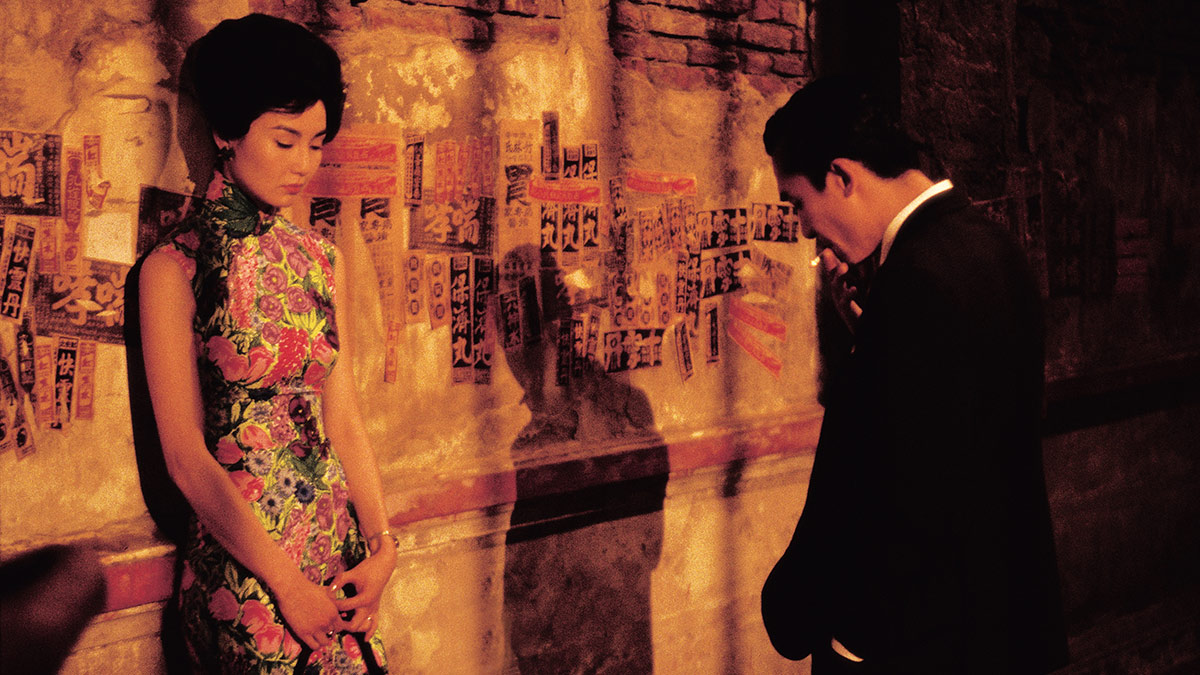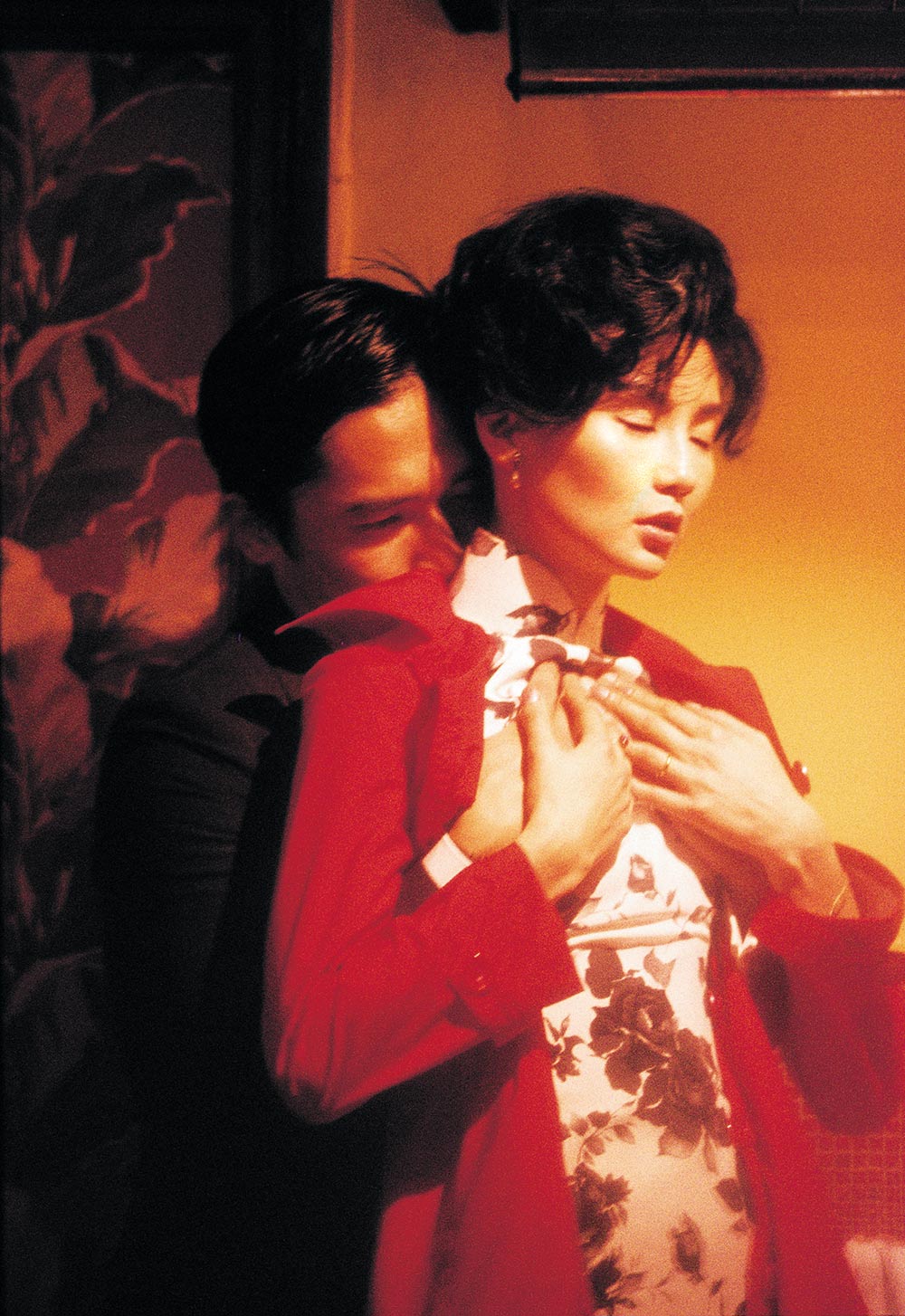
© 2000, 2009 Block 2 Pictures Inc. All Rights Reserved.
“In the Mood for Love” Ambiguous passage of time, ambiguous relationships, and the changing face of Hong Kong
2021.06.15
In 1966 and 1997, “Suspended” in Hong Kong
After the relationship between Chow and Mrs. Chan breaks down and their time in ``Suspension'' ends, the film changes completely. The story takes place in Singapore in 1963 and then in Hong Kong in 1966. When Mrs. Chan visits the apartment for the first time in a while, the landlord tells her that he is moving to America. "My daughter in America is worried about the future of Hong Kong." Chau, who also returns to the apartment, is informed that people are leaving Hong Kong one by one. The society that was the background of both of them immediately comes to the foreground.
The Cultural Revolution that occurred in China in 1966 is not related to Hong Kong, which was a British colony. After World War II, Hong Kong built a social system based on capitalism, unlike the socialist country of China, and movement between mainland China and Hong Kong was restricted, but following the Cultural Revolution, mainland China Hong Kong's population is rapidly increasing as people flee from China to Hong Kong. Due to the influence of the Chinese Communist Party, leftist demonstrations and riots broke out in Hong Kong. The following year, in 1967, the 67 Riots left more than 50 people dead, more than 840 injured, and more than 5,000 people were arrested (according to the government's ``Chapter 60 Guide to Understanding Hong Kong'').
Regarding the film, ``In the Mood for Love'', Kar-wai said, ``If you ask me if it's a love story between a man and a woman, I don't think that's the case.It's a work that depicts the end of a certain period.'' He also admits that the key word for his work is 1966.

“In the Mood for Love” © 2000, 2009 Block 2 Pictures Inc. All Rights Reserved.
``1966 was a turning point in Hong Kong's history.The Cultural Revolution on the mainland had a huge impact, forcing Hong Kong people to think about their future.Many of them came from China in the late 1940s. After moving here, I spent nearly 20 years in relative peace and built a new life.But I began to feel that I had to move on.So 1966 was the end of one, and the beginning of another. It's the beginning of something like that."
Born in Shanghai in 1958, Kar-wai moved to Hong Kong at the age of five. The 1960s was a time that connected him with his own identity, and he said that when he was making ``Days of Being Wild,'' he ``wanted to reimagine that period personally.'' However, with this work he has expanded his horizons as a writer, saying, ``I tried to re-create reality. I had something to say about everyday life, the domestic situation, my neighbors, all of those things.'' In other words, Kar-wai entrusts Chau and Mrs. Chan's ``suspended'' time with the ambiguity that the land of Hong Kong and the people living there have become. The end of their relationship in 1966 and the fact that they each went their separate ways has implications far beyond just a breakup.
In 1997, 31 years after 1966, Hong Kong was returned from Britain to China. Unlike mainland China, Hong Kong is allowed to maintain its capitalist system under the "one country, two systems" principle. However, there was a proviso to the plan: ``at least 50 years,'' meaning that Hong Kong could be said to have been given a new period of ``suspension.'' In this film, his first directorial work after the handover of Hong Kong, Kar-wai attempts to present this new ``suspended'' situation through the men, women, and society of the 1960s. After Chau completes his ``In the Mood for Love'' with Mrs. Chan, he begins wandering alone in Singapore and Cambodia.

